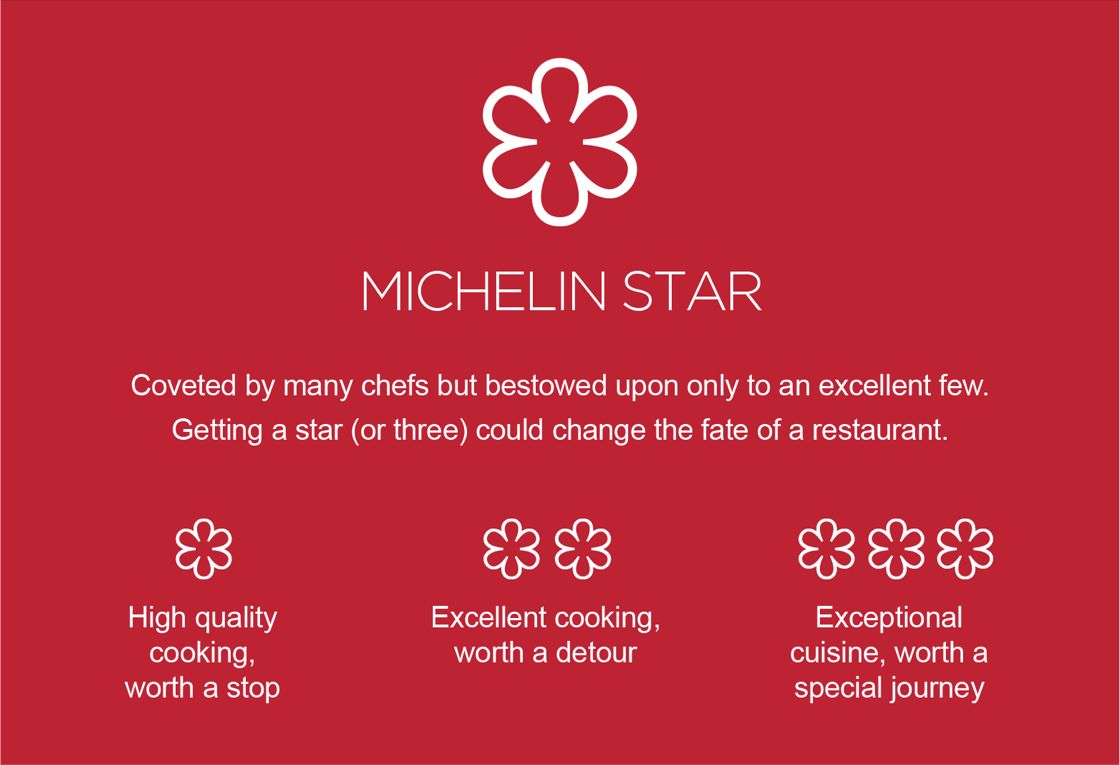 Image Source: Michelin Guide
Image Source: Michelin Guide
Over a century ago, a French tire company made a move so unorthodox, it still reverberates across the globe’s most elite kitchens today. In 1926, Michelin — best known for manufacturing tires — awarded its first star to restaurants not for loyalty to their brand, but for excellence at the table. What began as a promotional gimmick became the gold standard of gastronomy. Nearly 99 years later, that star still defines careers, careers still hinge on it, and chefs still whisper its name with a mix of fear and hunger.
Setting the Table: A Genius Marketing Play in Motion
It all began in the early 20th century. The Michelin brothers, André and Édouard, were entrepreneurs with a vision: to get people driving more, and thus needing tires more often. In 1900, they published the first Michelin Guide — a small red manual filled with roadside dining suggestions, hotel listings, and maintenance tips for travelers across France. It was free, practical, and designed to get French motorists out exploring.
But something unusual happened. As car ownership spread and travel became more accessible, readers began relying on the guide not for car tips — but for food. Sensing the shift in demand and consumer trust, Michelin made a bold pivot in 1926: instead of just listing eateries, they began awarding them a single star for excellence in cuisine.
Five years later, in 1931, the now-famous three-star rating system was born.
Key Highlights That Redefined A Century of Fine Dining
• The first Michelin stars were awarded in 1926 for culinary quality, with no connection to advertising or sponsorship — a radical move in an age when most guidebooks were pay-to-play.
• By 1936, the anonymous Michelin inspectors had tightened review standards, and the three-star system took the form still used today:
• One star: A very good restaurant in its category
• Two stars: Excellent cooking, worth a detour
• Three stars: Exceptional cuisine, worth a special journey
• Michelin’s commitment to anonymity — where inspectors weren’t allowed to reveal their identity, make reservations under their names, or receive complimentary meals — guaranteed unparalleled integrity.
• Today, Michelin inspectors visit over 13,000 restaurants annually, spanning 41 countries, with guides now covering not only fine dining but also street food, sustainability (via the Green Star), and affordability (via Bib Gourmand).
The Ripple Effect: From Fear to Fame
What followed that 1926 decision was a cultural phenomenon. The Michelin Star, once a marketing tool to push French car tourism, became the most coveted emblem of culinary mastery worldwide. It transformed restaurants, cities, and even cuisines. A single star could skyrocket a chef from obscurity to international acclaim — and just as quickly, its loss could spark existential crisis or exile from the elite club.
Impact on global gastronomy includes:
• Turned chefs into celebrities — from Paul Bocuse to Massimo Bottura and Gaggan Anand, Michelin Stars propelled culinary figures into the global imagination.
• Gave rise to destination dining — travelers now fly to Japan for an omakase, to Scandinavia for foraging menus, or to Peru for Amazonian-inspired plates.
• Pushed innovation and precision — Michelin standards arguably led to the birth of modern fine dining, where artistry, technique, and sourcing are dissected to perfection.
• Introduced The Theater of the Table — Service, ambiance, the texture of linens, and even lighting are scrutinized to meet Michelin’s elusive benchmarks.
Recent Developments and Global Expansion
As of 2025, the Michelin Guide has further diversified its scope:
• Expanded into countries like Vietnam, Malaysia, Estonia, and parts of India through cross-border culinary diplomacy and local partnerships.
• Emphasized sustainability through the Michelin Green Star, awarded to restaurants that integrate environmental commitments into their operation.
• Introduced digital-first local discovery ecosystems, where restaurants can be found not only via printed guides, but also dynamic apps that reflect real-time status, pop-ups, and special menus.
The Costs — and Criticism
The Michelin Star has also triggered debate for being:
• Hyper-pressurized: Numerous chefs, including prominent names in Europe and Japan, have famously returned or rejected stars due to the crushing expectations and toll on mental health.
• Eurocentric: While it has grown more inclusive, critics still argue that the Guide disproportionately favors cuisines aligned with traditional French service format and formal dining setups.
• Opaque: With no feedback or warning when stars are removed, restaurants are left in the dark, wondering where they fell short.
Still, chefs and diners alike keep chasing the star.
What Lies Ahead Post-2025?
Approaching its 100th anniversary in 2026, Michelin is expected to:
• Roll out AI-powered pop-up ratings, giving seasonal restaurants, rotating kitchens, and culinary collaborations the spotlight they deserve.
• Launch special centenary editions in France, Japan, and the U.S. to commemorate the near-century of impact.
• Continue reimagining how gastronomy and cultural heritage intersect, with newer recognitions for indigenous cuisines, community cooking, and food justice.
The star, nearly a century old, is nowhere near burning out. That one daring pivot in 1926—by a tire company, no less—laid the groundwork for a global dining empire that still dazzles, intimidates, and inspires.
Sources: Economic Times, New York Times, Fine Dine Lovers
Advertisement
Advertisement



